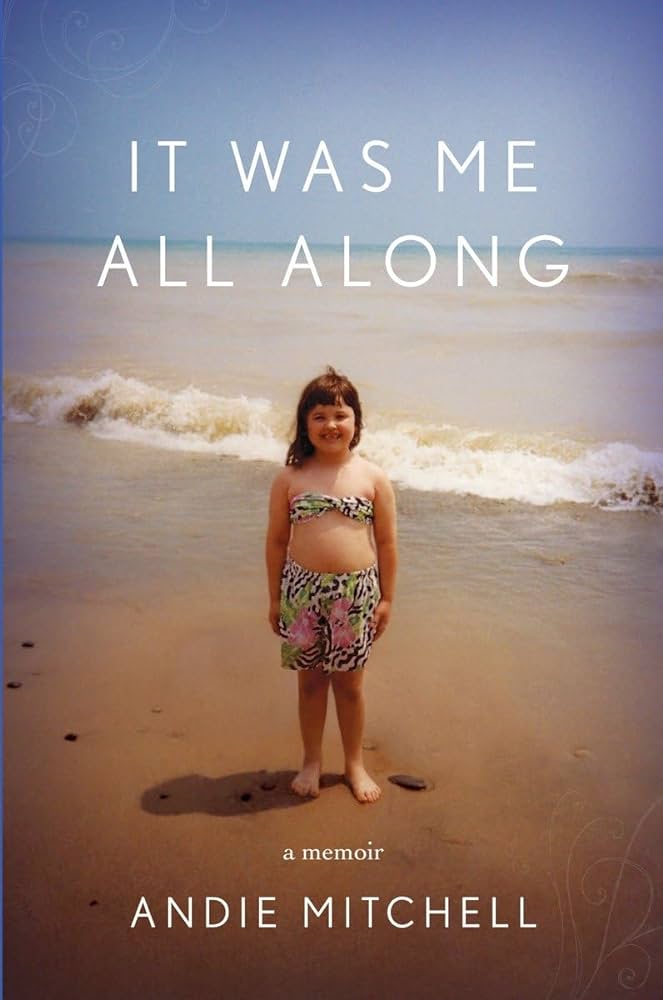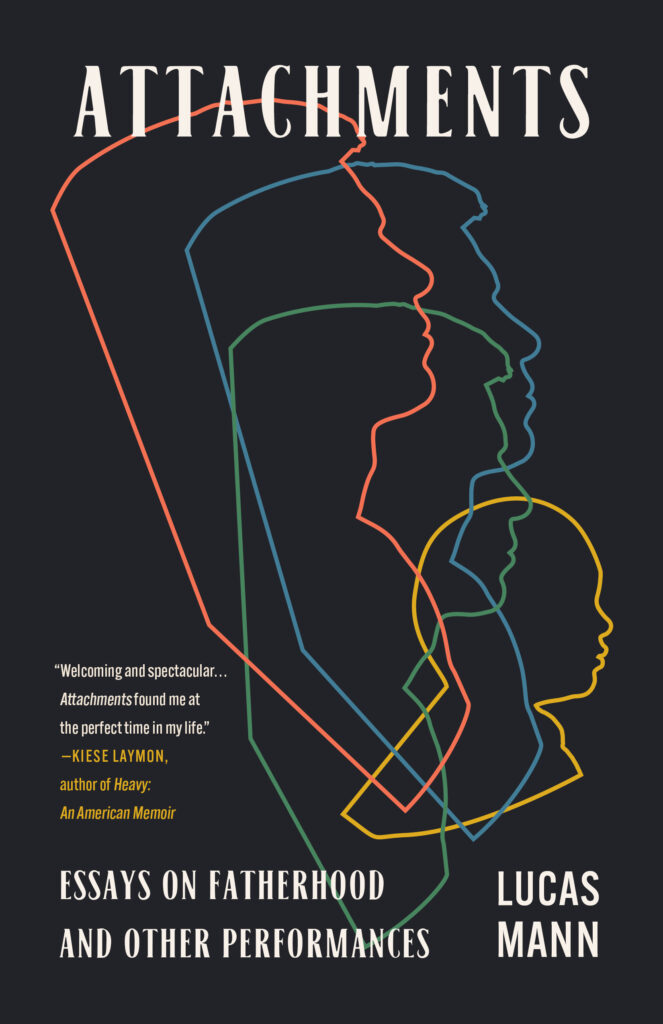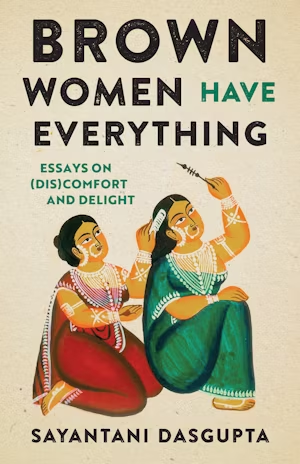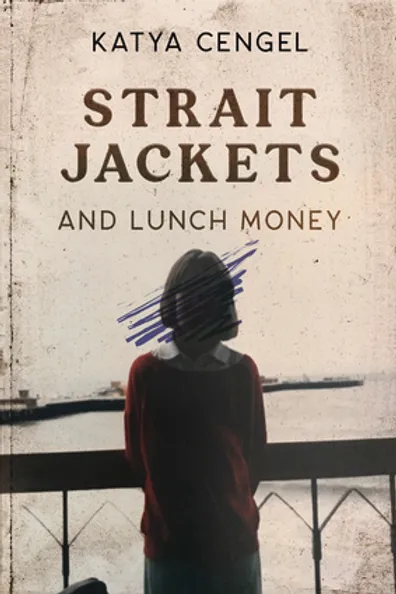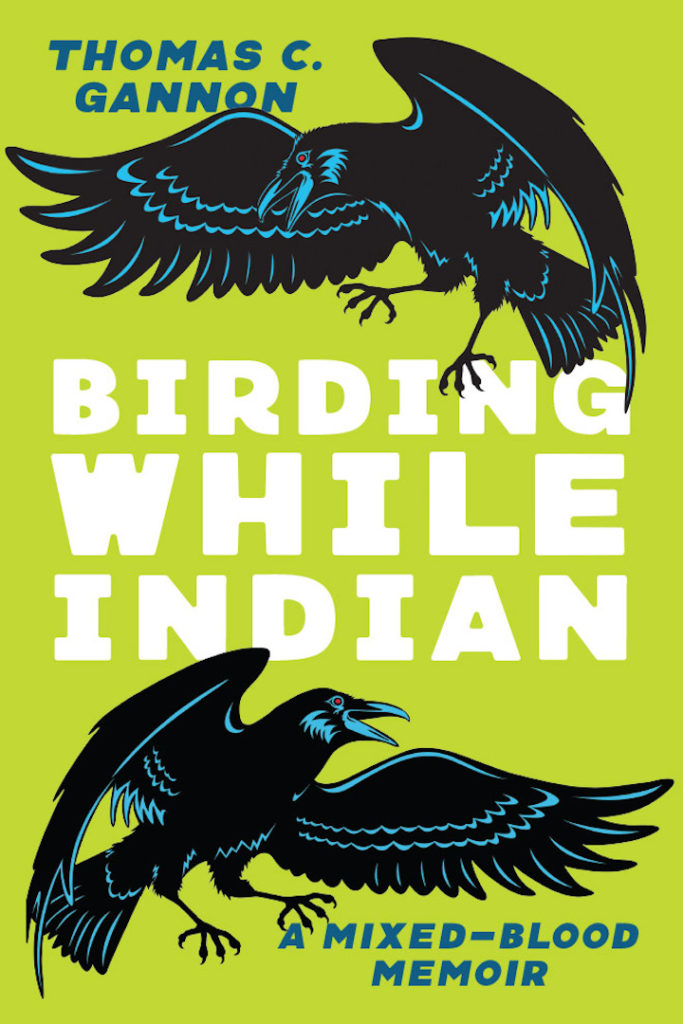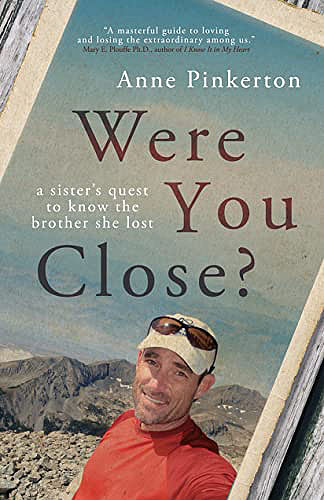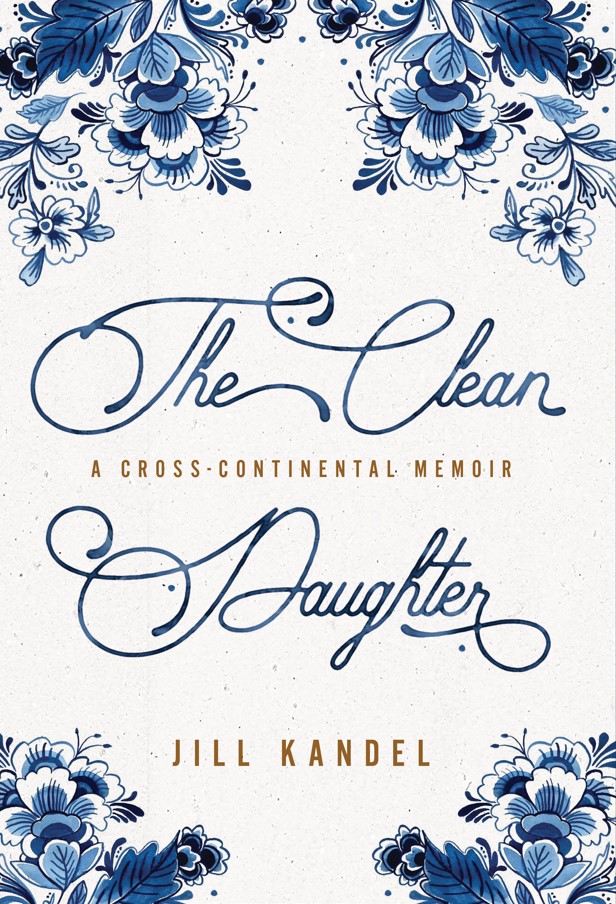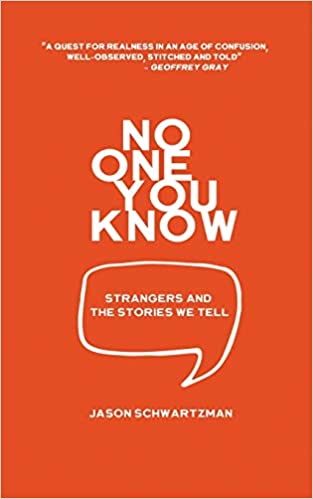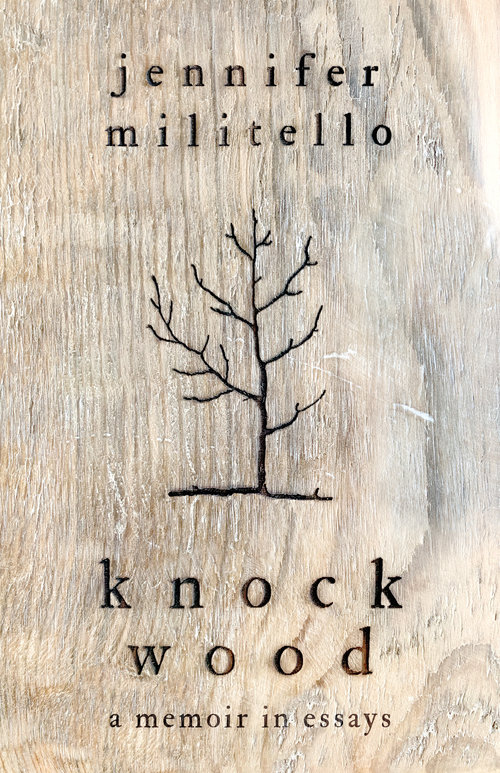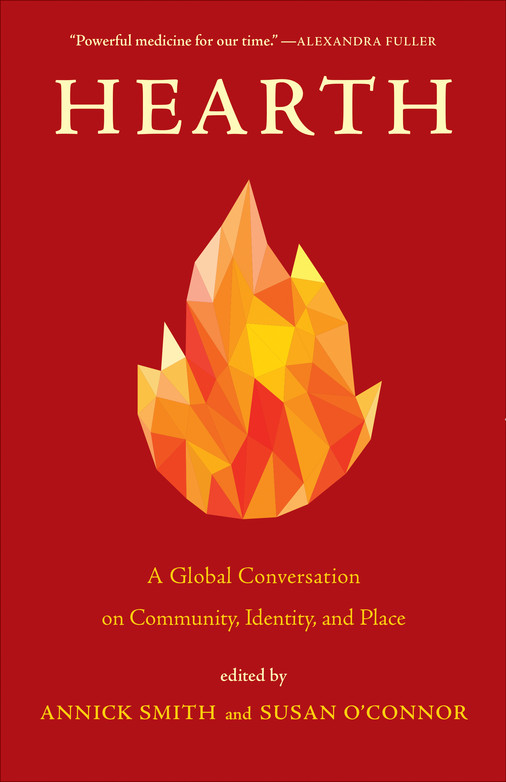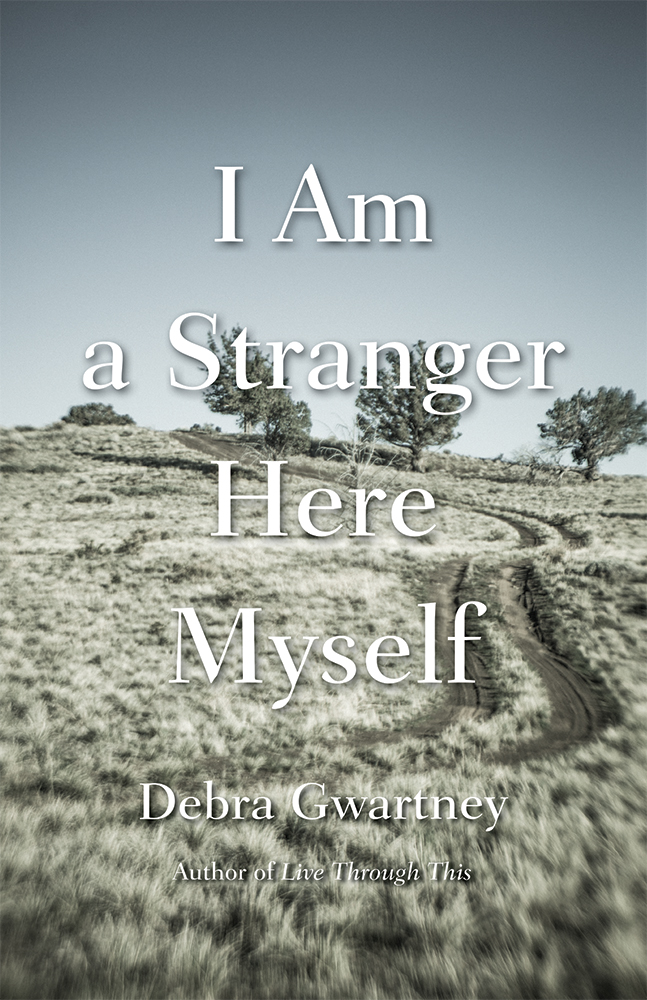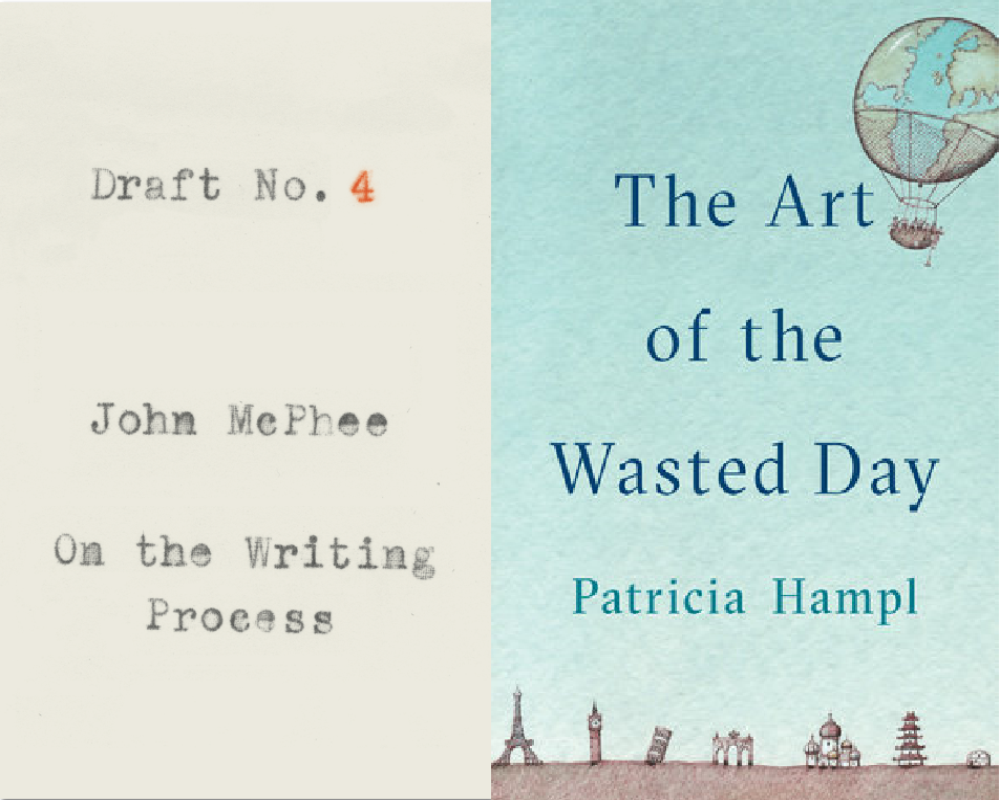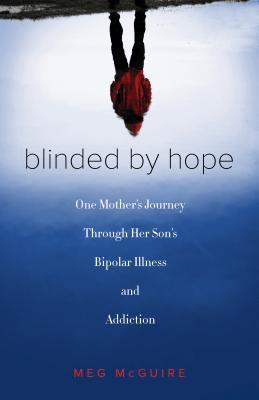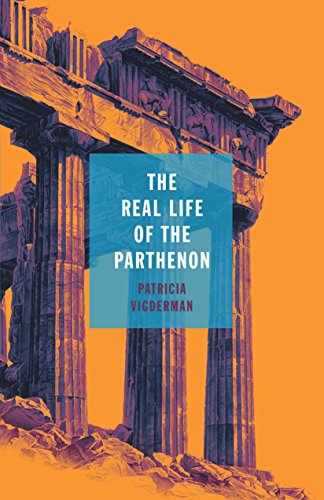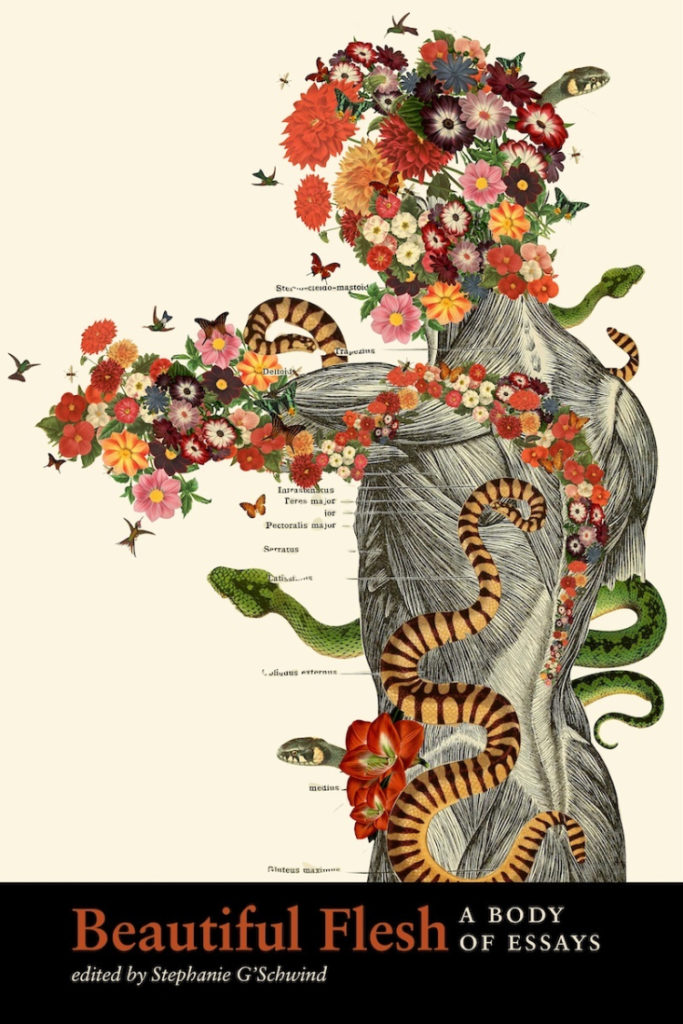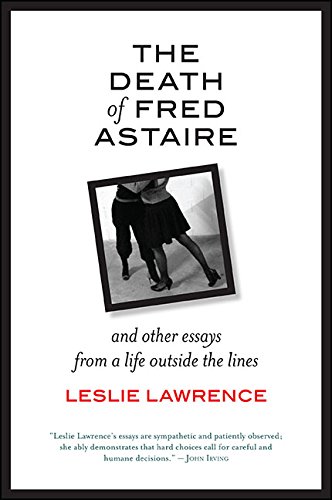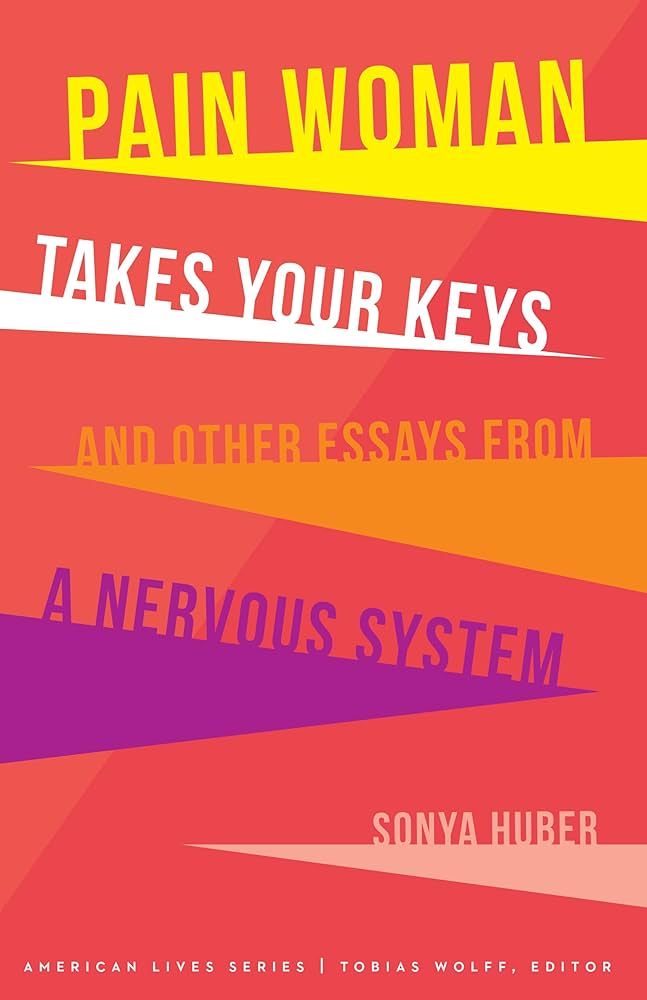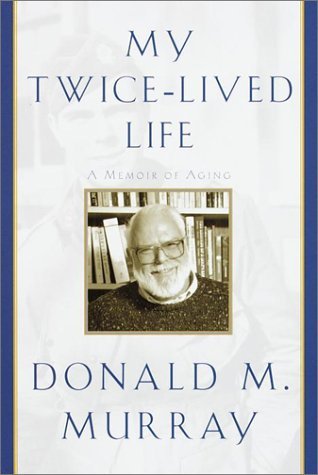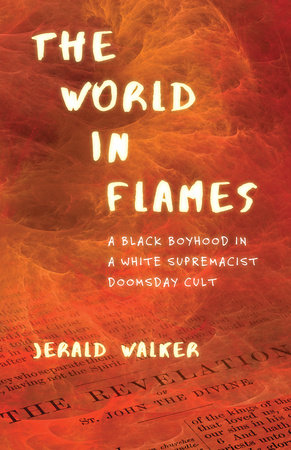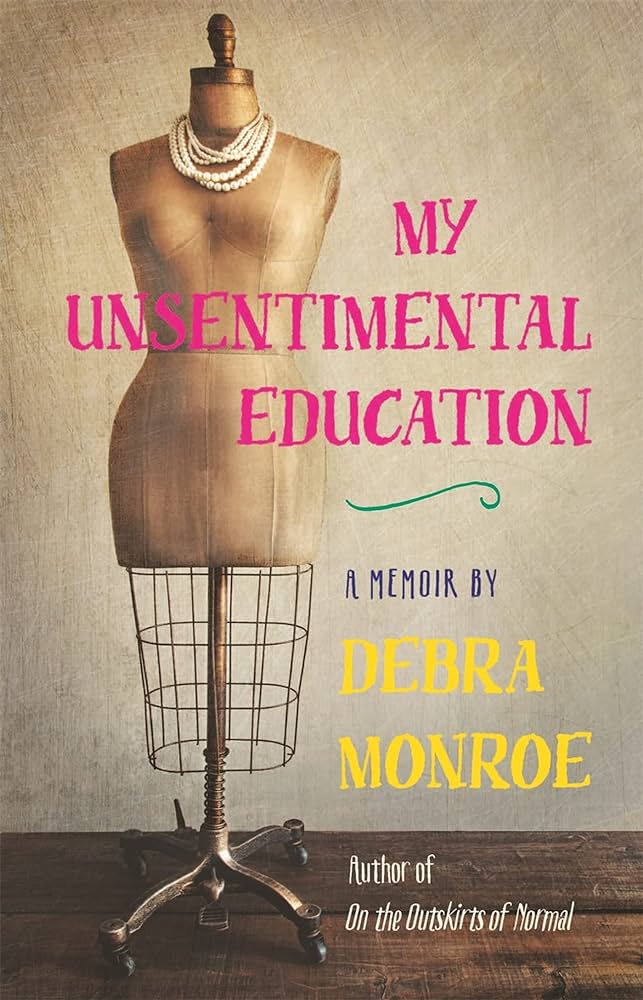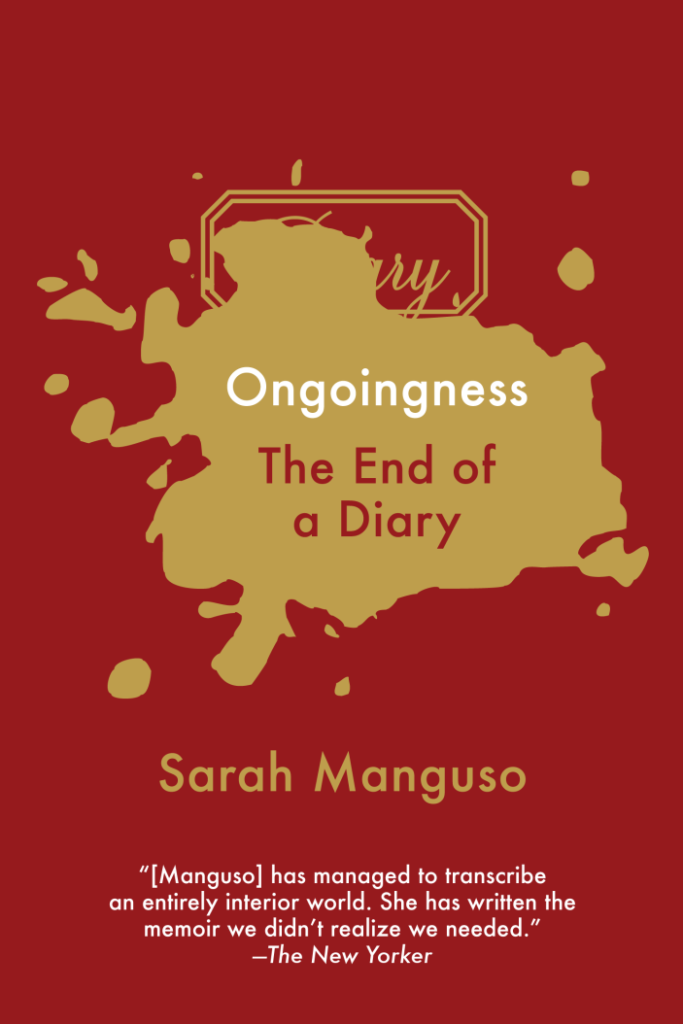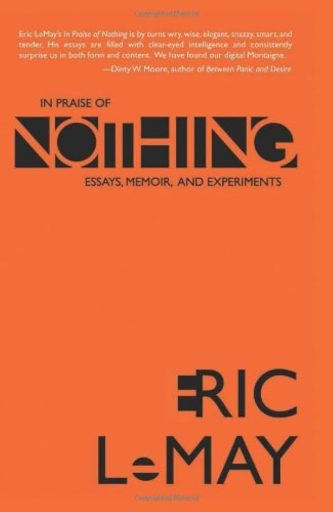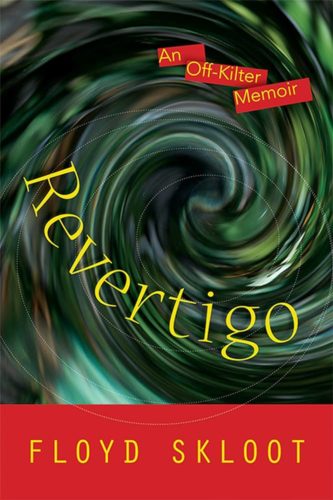By Polly Moore
It Was Me All Along by Andie Mitchell
Andie Mitchell is a “foodie.” She is a serious, hard-core “foodie,” a fact that comes through in delicious, descriptive detail on virtually every page of her 232-page memoir, It Was Me All Along.
Today, Mitchell is a food blogger and recipe developer with an enthusiastic following on her blog, Can You Stay for Dinner. On the cusp of her thirties, Mitchell’s life-long love of food has brought her to this seemingly happy, healthy, well-adjusted place—but it didn’t start out that way.
“As a kid who entered an empty house after school each day, I felt a desperation to eat,” she writes. “I knew of no way other than eating to alleviate the loneliness, to fill in the spaces where comfort and security could have been. Food poured over the millions of cracks in the foundation of my family; it seeped into the fissures; it narrowed the chasms.”
Mitchell’s was a family with no shortage of cracks, fissures, or chasms. Much of the dysfunction centered on Dad, an unemployed alcoholic who weighed 350 pounds by Mitchell’s fifth birthday. Mom worked two and three jobs, but they still lost their home in working-class Boston and moved to a house owned by her grandparents. Brother Anthony was six years her senior and busied himself outside the house with friends and sports.
At age five, Mitchell was a cute and pudgy, food-obsessed 60 pounds. Her parents were affectionate with her, and with each other, despite the near-poverty and stress in the home. Through the next eight years, though, she watched her artistic, charming, “larger-than-life” dad careen out of control with DUI’s, angry outbursts, suicide attempts, inpatient mental health stays, and long absences from the home. Mom continued her exhaustive work schedule, Anthony grew up and moved out, and Mitchell numbed out and companioned herself increasingly with food.
Her father’s long absences happened more and more frequently. One night, he called asking for money to get back home, money they didn’t have. When he continued to badger his wife for the money, she thrust Mitchell onto the phone. She told her dad that he shouldn’t come home, that they were better off without him; he stayed gone for good after that. Within the year, he died homeless and alone in Arizona. Through an “administrative error,” the family was not notified of his death until months after he was found and identified. Mitchell’s stress, sadness, and guilt piled up, and so did the pounds—200 of them by age 14.
Even as she gained weight and labored under her painful family life, Mitchell was active, outgoing and popular in high school. She had a close-knit group of friends, played sports, attended dances with boys, and was even crowned Junior Prom Queen. Mitchell dabbled in diets and wanted to lose weight, but her busy social life continued when she moved on to college at the University of Massachusetts. Close friends, a new boyfriend, and all the food and alcohol she could ever want took center stage.
The turning point was seeing her mother for the first time in three months—a period of time in which she’d gone from size 18 to size 22. More accurately, the turning point was seeing her mother see her.
I was stunned by the foreignness of what I saw in Mom’s eyes. She, for the very first time, revealed the shock, the panic she felt about my size . . . . She never said a word about it. Not at lunch, not on the phone later that evening. But I knew. She knew. Seeing her so shocked, so full of despair at how fat I’d gotten, knocked the wind out of me.
It is at this point in the narrative that the book changes from a story about gaining weight to the story of losing it. From a high point of 268 pounds, Mitchell lost 135 to become half her former self.
Those hoping that Mitchell offers an exciting new method for weight loss will be disappointed. She did it the way most of us instinctively know how to: more exercise, fresher foods, and fewer calories. Food journaling helped her keep the calories in check and gain insight into the moods and events that could cause her to backslide. No big secrets there.
If there’s a point of differentiation between Mitchell’s and other weight-loss success stories, it’s that she didn’t overcome her food obsession to lose the weight—she embraced it. As an obese child and young adult, she nurtured her lust for food in the lonely spaces of her life. After losing the weight, she entered a brief, intense period of frenzied exercise and calorie-counting, after which it took the guidance of a therapist and a dietician to bring her back to center. Ultimately, though, she left a job in the film industry for a career that would be the last choice on the list for most formerly fat people—recipe developer and food blogger. She brought food out of the dark and into the brightest place in her life, where she could work with it, love it, and celebrate it every day.
A nice outcome, Mitchell writes, is that she doesn’t hate her formerly fat self, doesn’t spend time on regrets.
Here’s the truth I’ve come to know: fat or thin, it was me all along . . . .
I will always know fat. And love who she was. And know that fat, in itself, is not a bad word. I’ll own it and respect those twenty years . . . .
I will always know thin. And love who she is. And know that even when she feels heavier mentally, she’s freer now.
It’s an ending that some readers may find too tidy, a tad too “lipsticked up.” Others crave redemption in narrative memoir; and for this group, Mitchell’s closing delivers.
Either way, it’s the food that takes the lead here. Each morsel comes alive in vibrant, gooey detail, as one might expect of a passionate food blogger. She also has a knack for putting us in the moment, and many of the moments in this young woman’s life are compelling. Missing, though, are those reflective moments away from the action, in the heart and mind of our narrator, that might give us a finer emotional investment in the outcome.
Most notable is a gnawing hunger we feel for the undeveloped supporting characters—especially Dad, whose food and alcohol addictions are never fully explored. Mom shows up as a tireless worker bee and enduring doormat to all, and we’re left with the sense that there must be more complexity than we see. Brother Anthony, her high school and college friends, and even the most central supporting character—Mitchell’s boyfriend, Daniel—pale in comparison to the lively culinary descriptions throughout the book.
It’s likely that a more robust treatment of these other players would provide readers with a greater understanding of Mitchell herself—and a key to her enduring fascination with food.
Penguin Random House
$15.00 Paperback | Buy Here!
Polly Moore received her MFA in Creative Nonfiction at Ashland University. She is an adjunct instructor of English at Columbus State Community College when she’s not working at her “day job” in the insurance industry. She lives in Johnstown, Ohio, where she is a freelance writer, editor, and mother to two grown sons, a pre-teen daughter, and a couple of charmingly grumpy cats.

